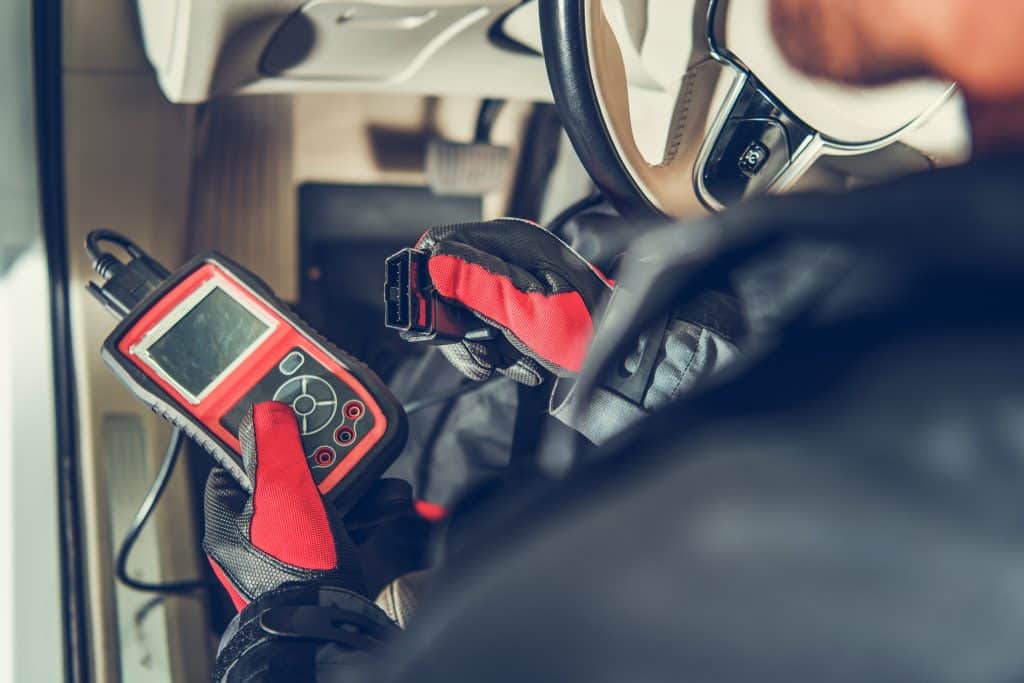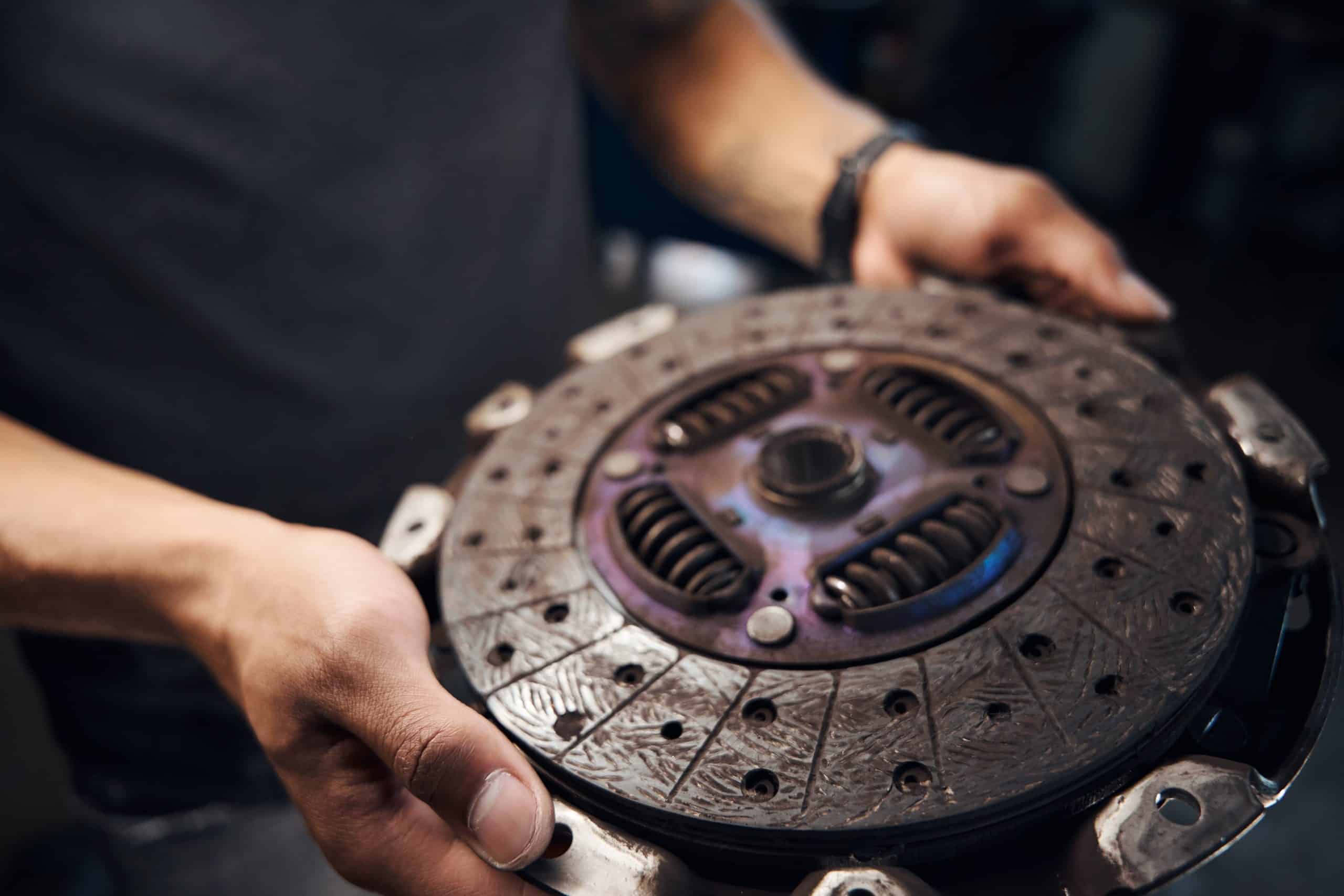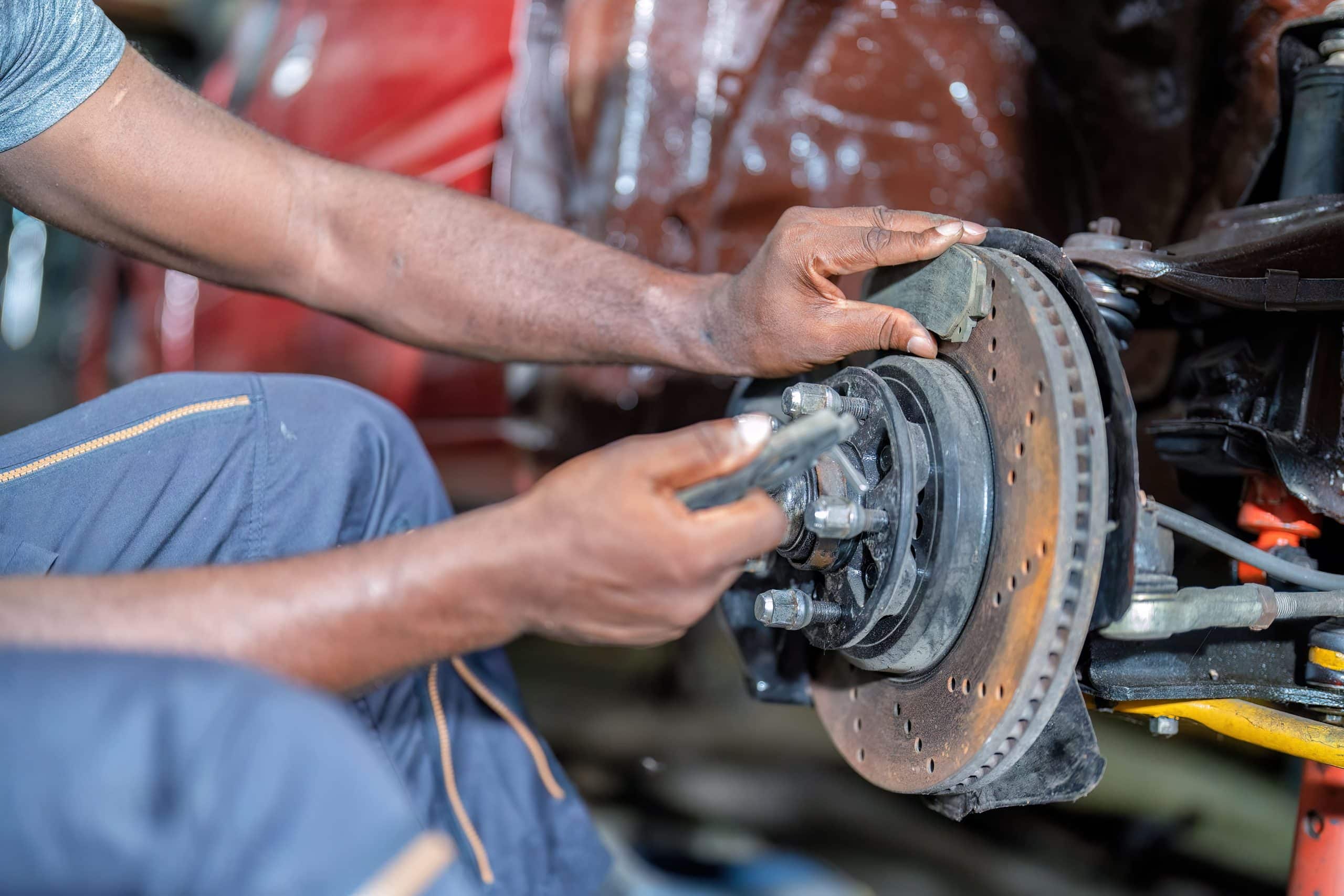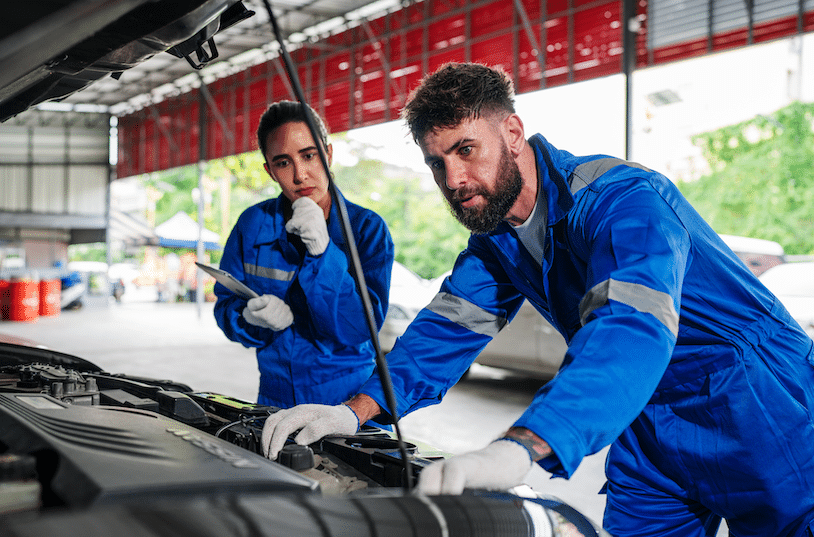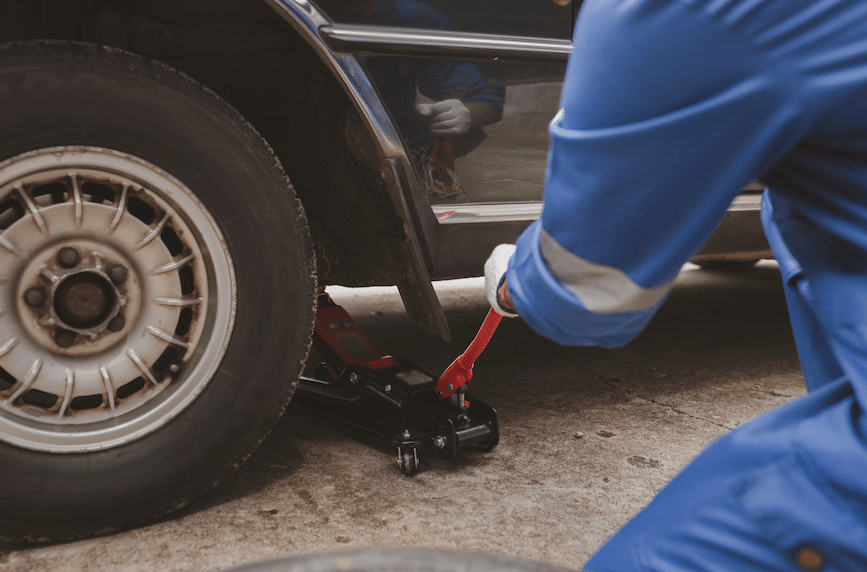Your car’s dashboard lights up like a Christmas tree. Something’s wrong, but what? In the old days, mechanics had to guess and check everything by hand. Now we have diagnostic checks that tell us exactly what’s going on.
These computer checks save time and money. They help us fix the right problem first time. Let’s see how they work and why they matter.
What Is a Diagnostic Check?
Think of a diagnostic check as a conversation with your car’s computer. Modern cars have computers that watch everything – your engine, brakes, emissions, and more.
When something goes wrong, these computers store error codes. A diagnostic check reads these codes and tells us what the problem is.
It’s like having your car explain its own problems. Much easier than guessing.
How Your Car’s Computer Works
Your car has sensors everywhere. They measure things like engine temperature, fuel pressure, and exhaust gases. These sensors talk to the main computer all the time.
When a sensor notices something unusual, it tells the computer. The computer then stores an error code and might turn on a warning light.
These error codes are like a diary of problems. They tell us what went wrong and when it happened.
What Diagnostic Checks Can Find
Diagnostic checks spot many different problems:
Engine issues show up clearly. Problems with fuel injection, ignition, or engine timing all create error codes.
Emissions problems are caught quickly. If your car produces too much pollution, the computer knows about it.
Brake system faults get logged when sensors detect problems with ABS or other brake systems.
Electrical problems show up as error codes too. Faulty sensors, wiring issues, or computer problems all get recorded.
Transmission problems in automatic cars create their own set of error codes.
The Diagnostic Process
When you bring your car in, we plug our diagnostic tool into your car’s computer port. This port is usually under your dashboard.
The tool talks to your car’s computer and downloads all the error codes. We then look up what each code means.
Some codes tell us exactly what’s broken. Others point us in the right direction for further checks.
The whole process takes just a few minutes.
Why Diagnostic Checks Save Time
Without diagnostic checks, finding problems takes much longer. We’d have to test everything by hand until we found the fault.
With diagnostics, we know where to look straight away. If the code says “oxygen sensor fault,” we check the oxygen sensor first.
This saves hours of detective work. You get your car back faster and pay less for labour.
How They Save Money
Diagnostic checks prevent expensive mistakes. Without them, we might replace parts that aren’t actually broken.
For example, if your car runs rough, the problem could be spark plugs, fuel injectors, or sensors. Without diagnostics, we might change all three to be sure.
With diagnostics, we know exactly which part has failed. We only replace what’s needed.
Real Examples of Quick Fixes
Engine warning light comes on. Diagnostic check shows a faulty oxygen sensor. We replace it and clear the code. Problem solved in 30 minutes.
Car won’t start properly. Diagnostic shows a crank position sensor fault. We replace the sensor and your car starts perfectly.
Poor fuel economy. Diagnostics reveal a faulty mass airflow sensor. New sensor fitted and your fuel economy improves.
These fixes would take hours to find without diagnostics.
When Warning Lights Appear
When your engine warning light comes on, don’t panic. Your car is trying to tell you something specific.
The diagnostic check reads the exact message. Sometimes it’s something simple like a loose petrol cap. Other times it’s more serious.
Either way, we know what we’re dealing with straight away.
Different Types of Diagnostic Systems
Basic diagnostics read simple error codes and tell us which system has a problem.
Advanced diagnostics give us much more detail. They show live data from sensors and help us see exactly what’s happening.
Manufacturer-specific tools work best with particular car brands. They access more detailed information than general tools.
At First Auto Centre, we use professional diagnostic equipment that works with all car makes.
What Diagnostics Can’t Do
Diagnostic checks are brilliant, but they’re not magic. They can’t find every problem.
Mechanical wear doesn’t always show up as error codes. Worn brake pads or tired suspension might not trigger any codes.
Intermittent problems can be tricky. If a fault comes and goes, the computer might not catch it.
Physical damage from accidents or wear isn’t always detected by computers.
This is why we combine diagnostic checks with physical inspections.
How Often Should You Have Diagnostics?
You don’t need diagnostic checks regularly like an MOT. We usually do them when:
- Warning lights come on
- Your car develops new problems
- Performance changes unexpectedly
- Before major repairs to check for other issues
If your car runs well and has no warning lights, diagnostics probably aren’t needed.
DIY Diagnostic Tools
You can buy simple diagnostic tools for home use. These basic code readers cost £20-50 and plug into your car’s port.
They’ll show you error codes, but they won’t tell you how to fix problems. Professional tools give much more detailed information.
Home tools are useful for checking if a problem is serious before you visit a garage.
Modern Cars vs Older Cars
Cars from 1996 onwards have standard diagnostic ports. These work with most diagnostic tools.
Very new cars have much more complex systems. They store more information and can even predict problems before they happen.
Older cars (pre-1996) need different approaches. Some have basic diagnostic systems, others need traditional testing methods.
The Future of Diagnostics
Car diagnostics keep getting better. New cars can:
- Send diagnostic information to garages over the internet
- Predict when parts will fail
- Update their own software automatically
- Run self-tests and report problems
This makes car maintenance easier and more reliable.
What Happens After Diagnostics
Once we’ve read the error codes, we explain what they mean in simple terms. We tell you:
- What’s wrong with your car
- How serious the problem is
- What needs fixing
- How much it will cost
We never use technical jargon or confuse you with complicated explanations.
Getting the Most from Diagnostics
To help diagnostics work best:
Don’t ignore warning lights. The sooner we check them, the easier problems are to fix.
Note when problems happen. Tell us if issues occur when starting, driving, or after the car’s been sitting.
Mention any recent changes. New noises, smells, or performance issues all help us understand what’s wrong.
Why Choose Professional Diagnostics
While home diagnostic tools exist, professional equipment is much better. We have:
- Tools that work with all car makes
- Access to technical databases
- Experience reading and understanding codes
- Ability to perform advanced tests
Most importantly, we can fix the problems we find.
Trust the Technology
Diagnostic checks take the guesswork out of car repairs. They help us fix your car quickly and correctly.
At First Auto Centre, we use the latest diagnostic equipment and explain everything we find. We make sure you understand what’s wrong and why it needs fixing.
Your car’s computer is trying to help you. Let us listen to what it’s saying and get your car running properly again.


